01 Mar
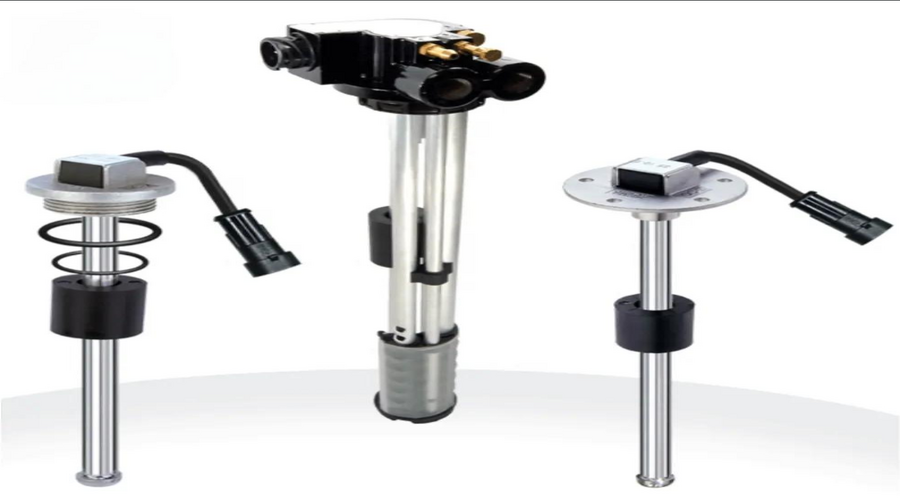

Posted by
0 Comment(s)
140 View(s)
Working Principle of the Automobile Fuel Level Sensor
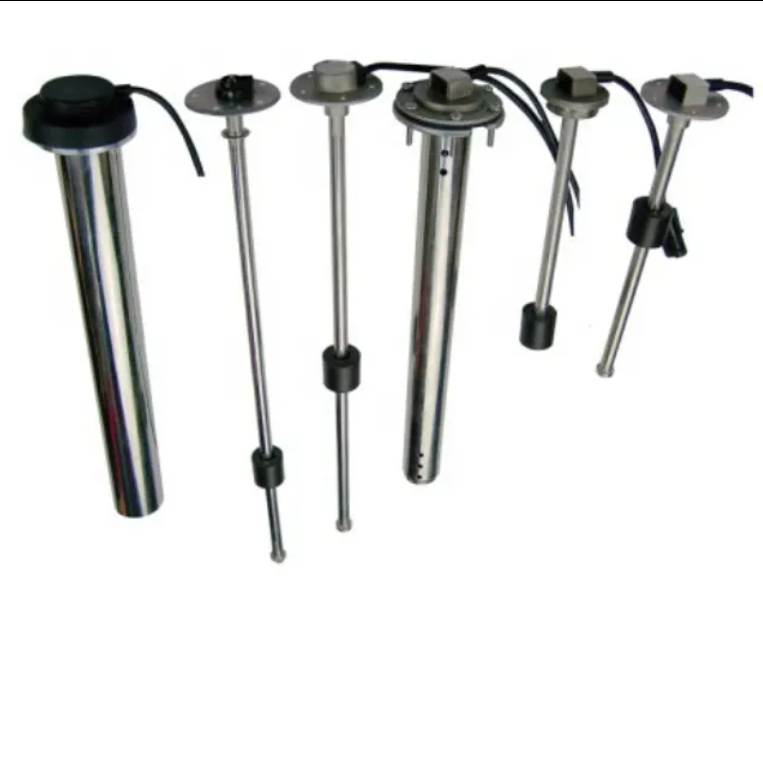
1. Ultrasonic Level Detection
- A high-frequency ultrasonic transducer emits sound waves toward the fuel surface. The time delay of the reflected waves is measured to calculate the fuel level height.
- A stabilizing tube (similar to a straw in a glass of water) is installed in the fuel tank to minimize disturbances from fuel sloshing caused by vehicle vibrations, ensuring accurate signal transmission and reception.
2. Capacitive Property Sensing
- Capacitive electrodes detect changes in the fuel’s dielectric constant, which varies with fuel type (e.g., gasoline, diesel) or contamination. This provides secondary verification of fuel characteristics.
- The electrodes are positioned to measure capacitance shifts as the fuel level rises or falls, complementing ultrasonic data.
3. Dual-Mode Data Fusion
- Ultrasonic and capacitive measurements are combined to correct errors from environmental factors (e.g., temperature changes) or mechanical vibrations.
- Advanced algorithms filter out noise (e.g., vehicle vibrations) and cross-validate data for reliability in dynamic driving conditions.
4. Temperature Compensation
- Built-in temperature sensors adjust calculations to account for thermal expansion/contraction of fuel, improving accuracy across varying climates.
5. GPS Tracking Integration
- Real-time fuel level data is transmitted alongside vehicle location via GPS, enabling remote fleet management and theft detection (e.g., sudden fuel drops during unscheduled stops).
Key Innovations
- Anti-Vibration Design: The stabilizing tube reduces fuel turbulence, addressing inaccuracies of traditional float-based systems.
- Self-Adjusting Calibration: Automatically adapts to fuel type changes (e.g., ethanol blends) without manual recalibration.
- Hybrid Sensing: Combines distance measurement (ultrasonic) and material analysis (capacitive) for universal compatibility with diverse fuel tanks.
This system replaces mechanical float sensors, offering higher precision and reliability in harsh driving environments
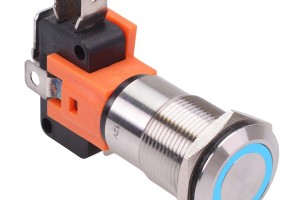

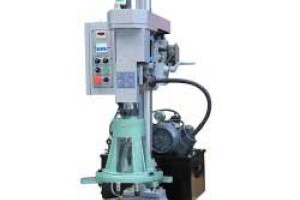
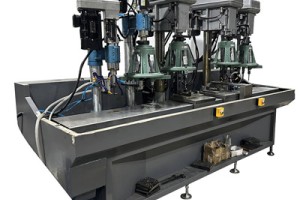
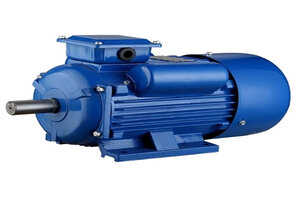
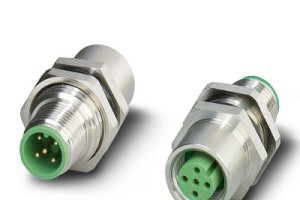
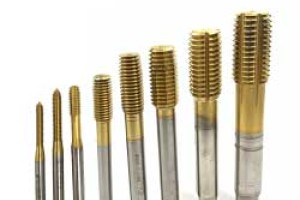
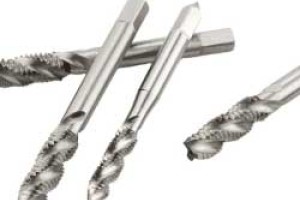

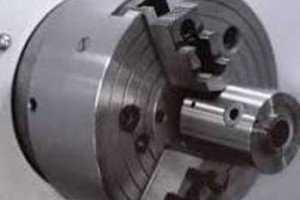
Leave a comment